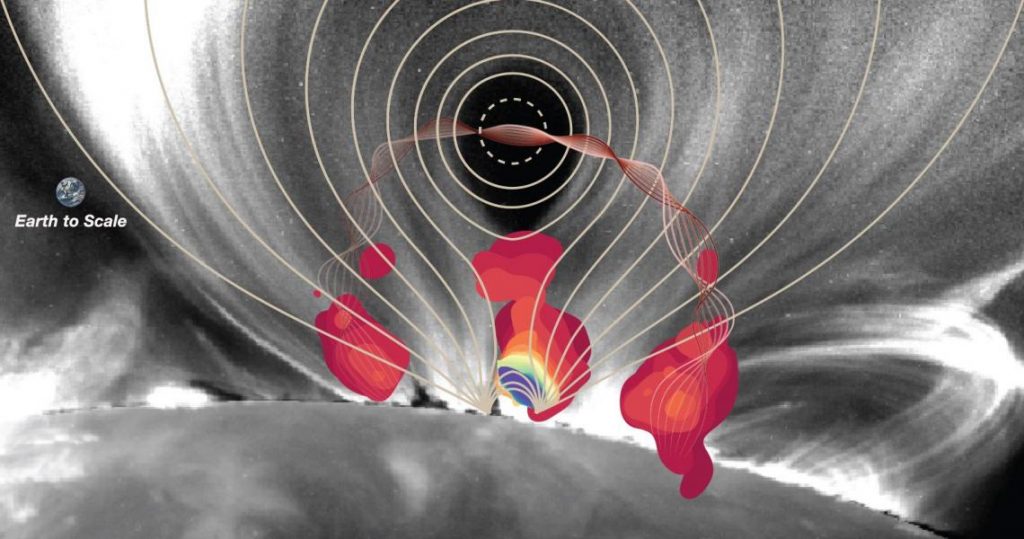
A new study offers direct evidence showing where near-light speed particle acceleration occurs inside the largest explosion known in the solar system, the solar flare.
Solar flares are among the most violent explosions in our solar system, but despite their immense energy — equivalent to a hundred billion atomic bombs detonating at once — physicists still haven’t been able to answer exactly how these sudden eruptions on the Sun are able to launch particles to Earth, nearly 93 million miles away, in under an hour.
Now, in a study published June 8 in Na...
Read More









Recent Comments